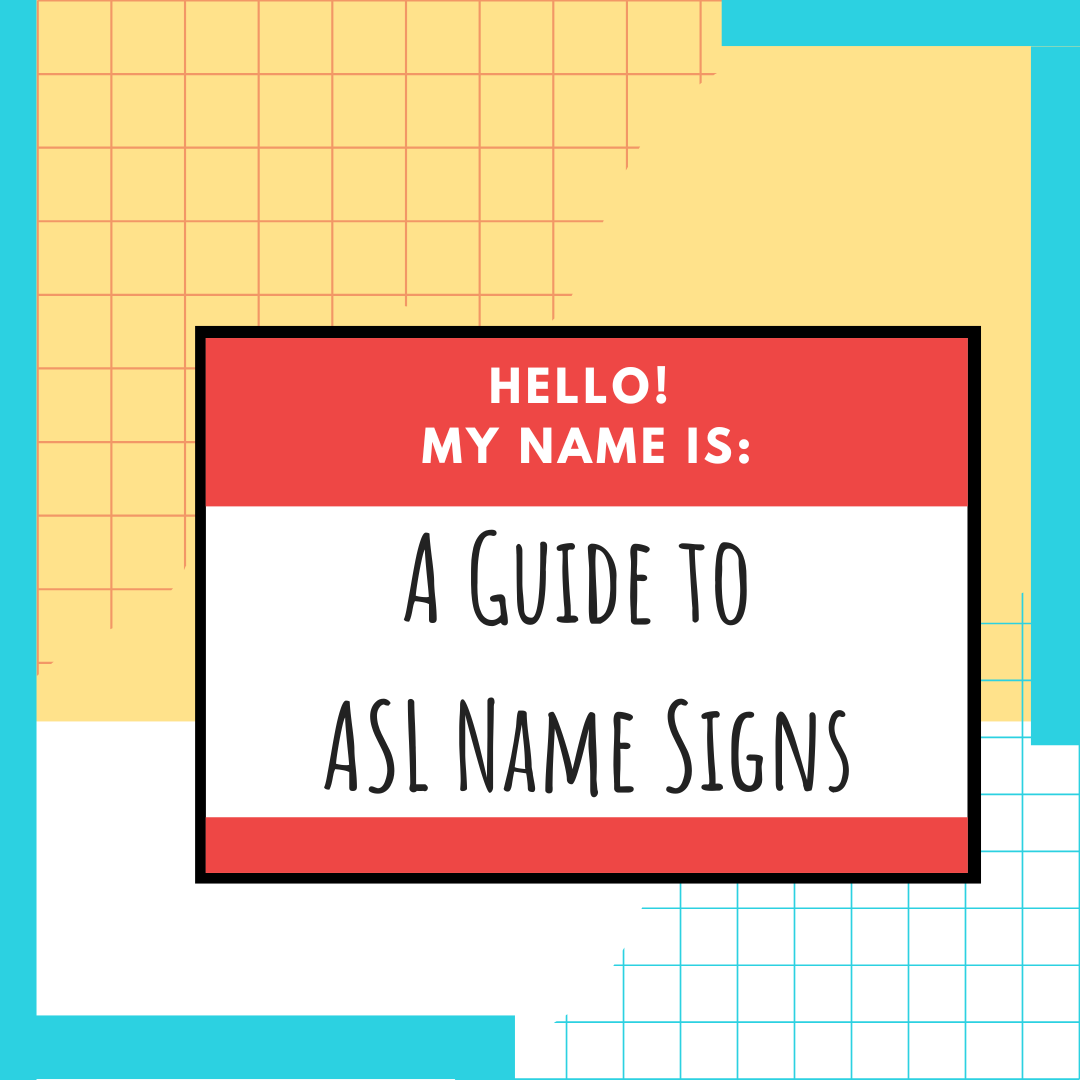
Law and the Deaf
- by Start ASL
By Janet Alberts | 16 November 2020
Every Deaf and hard of hearing individual has the right to communication access. These rights, as well as other laws are protected by the Americans with Disabilities ACT (ADA). These laws require all state and local governments, medical facilities, law enforcement, legal personals, educational personals, the employment system, and all public accommodations, to provide communication access to people who are Deaf. This includes the use of sign language interpreters. Depending on the situation, other effective means of communication might include assistive listening devices. Sign language interpreting helps the Deaf communicate, and in the United States, it is legally required. The key phrase used by the ADA when it comes to Deaf individuals is “effective communication” (Americans with Disabilities Act, 2010, Updated 2020). Whatever is necessary to ensure effective communication is required, by law, to be done.
Federal laws protect the rights of students who are Deaf by ensuring they have equal access in public facilities and at schools. The individuals with Disabilities Education Act (IDEA) is a law that ensures every Deaf student receives an appropriate education. Included in this law is development of an Individualized Education Program (IEP) and an Individualized Family Service Plan (IFSP). The rehabilitation Act of 1973 is a law that ensures all individuals with disabilities will not be excluded from participation in programs that receive federal financial assistance such as public schools.
One extremely important area covered by ADA laws is the medical field, where sign language interpreting services are often required. Hospitals must provide an appropriate means of communication to any patients, family members, or hospital visitors who are Deaf. However, complicated conversations-such as explaining a patient’s symptoms or medical procedure-a qualified ASL interpreter is necessary. Without an on-site interpreter available, a Deaf person who uses ASL to communicate simply cannot receive the same level of medical care as a hearing individual. In hospital situations where communication is critical, Deaf people are all to often denied basic human rights. The laws make it very clear that refusal to accommodate people who are Deaf is discrimination.
In the legal system individuals who are Deaf are entitled to the same services law enforcement provides to anyone else. They may not be excluded or segregated from services, be denied services or otherwise be treated differently than other people. Deaf individuals face greater legal challenges due to communication barriers that are typically not recognized by lawyers, courts, or police officers. In encounters with police, lack of communication may result in detention without the ability to call one’s lawyer. When a Deaf person is not able to communicate with a lawyer, there is no real representation. When a Deaf person doesn’t understand what is going on in the courtroom, Justice has not ben served. The National Association of The Deaf (NAD) has won greater access in the legal system for Deaf individuals. Police officers, jails and prisons now receive more training about the rights of Deaf individuals. Courts are providing qualified interpreters and CART services more regularly.
Deaf individuals fight communication obstacles daily. Often there is a lack of service due to a lack of caring. Some simple considerations such as captioning, transcription, or sign language interpreting services can help break through the language barrier to protect the rights of Deaf Americans. The ADA is a set of laws which guarantee equal access, yet Deaf people are refused these accommodations due to the ignorance that still exists. It is up to the institution in question to provide-and-pay for any necessary sign language interpreting. If an institution does not comply to meeting the needs of a Deaf individual, it may suffer serious penalties.
There is no one law that covers only Deaf people. Rather, multiple laws address deafness as a disability, with some laws being more important than others. More than a barrier to sound perception, deafness is a barrier to communication and understanding. Deaf people are confronted with barriers to communication throughout and in all aspects of their lives.” It is alarming to see the level of audism that still exists in this country.” (Huffpost.com, 2015). Because of audism, the rights of Deaf individuals are regularly violated in many places. “Everyday Deaf individuals attempting to interact with hearing authorities, are denied basic access to communication.” (Huffpost.com, 2015).
References
https://www.ada.gov/ada_intro.htm Americans with Disabilities Act (Sept, 2010, Updated Feb 2020)
https://www.accreditedlanguage.com Alison In Interpreting Services (July 24, 2019)
https://www.gallaudet.edu/ Laws Impacting Students Who Are Deaf (2015)
www.vertwellhealth.com Legal Rights For Deaf or Hard of Hearing People (June 2020)
https://www.nad.org National Association of The Deaf (2020)
mn.gov>deaf-hard-of-hearing>legal rights Department of Human Services
www.Courts.wa.gov National Center for Law and the Deaf
www.huffpost.com Deaf Discrimination: The Fight for Equality Continues (July 2015) Lydia Callis, Contributor, Nationally certified interpreter, CODA, Advocate, and ally to the d/Deaf community
Start Learning ASL Today!
 Ready to start learning real American Sign Language and not just basic signs? Do you want to be a part of the vibrant Deaf community? Check out our Free ASL 1 Course or our Complete 4-Level ASL Course options and start learning ASL today!
Ready to start learning real American Sign Language and not just basic signs? Do you want to be a part of the vibrant Deaf community? Check out our Free ASL 1 Course or our Complete 4-Level ASL Course options and start learning ASL today!








